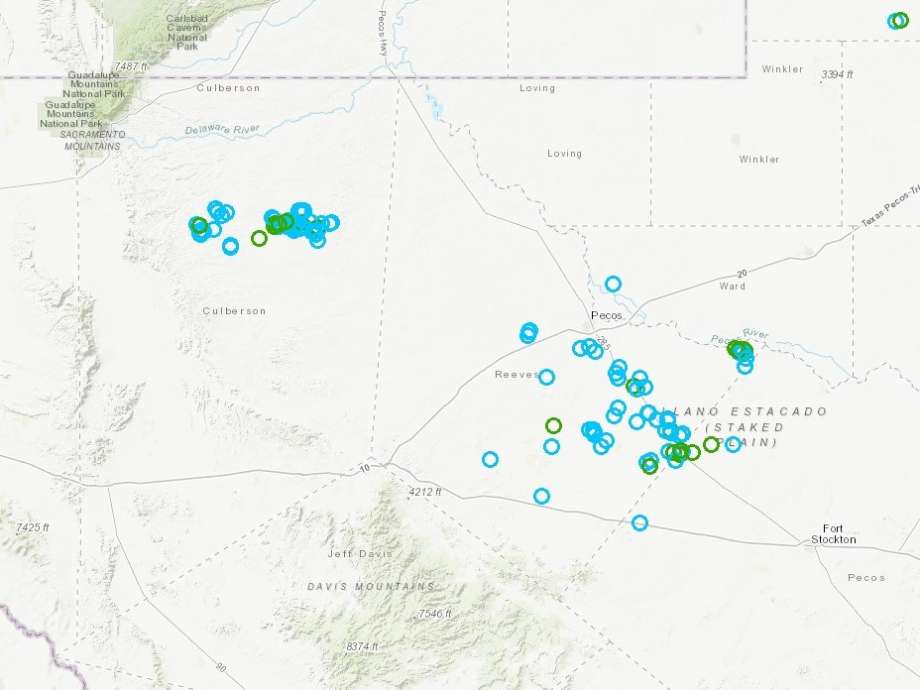Source: Houston Chronicle
A new study from the University of Texas at Austin is blaming hydraulic fracturing activity on some earthquakes in the Permian Basin of West Texas.
In a study released Tuesday afternoon, scientists with the TexNet Seismic Monitoring Program reported that some earthquakes in Reeves, Pecos and Culberson counties may be caused by hydraulic fracturing, a process of injecting water, sand and chemicals deep underground to unlock and oil natural gas reserves in shale geological formations.

Previous studies had blamed the earthquakes in oil-producing regions across the state on saltwater disposal wells, which inject wastewater from drilling, hydraulic fracturing and production activities deep underground.
“The research done through this new study in West Texas, using a statistical approach to associate seismicity with oil and gas operations, suggests that some seismicity is more likely related to hydraulic fracturing than saltwater disposal,” Alexandros Savvaidis, a research scientist and manager of the TexNet Seismic Monitoring Program, said in a statement.
So far this year, TexNet seismographs have recorded 209 earthquakes across the Lone Star State with the strongest documented as a 3.8-magnitude near Synder on Oct. 1.
The number of earthquakes recorded this year have already outpaced the 192 earthquakes recorded by TexNet in 2018.
Saltwater disposal wells are regulated by the Railroad Commission of Texas, the state agency that regulates the oil and natural gas industry.
Railroad Commission officials adopted stricter regulations for saltwater disposal wells in November 2014. Over the last five years, the agency has received 657 disposal well applications in areas of historic seismicity.
Of those proposed projects, 302 permits were issued with special conditions that include reducing maximum daily injection volumes and pressures as well as being required to record volumes and pressures on a daily basis as opposed to monthly.
Applications for 91 disposal sites were returned or withdrawn. Another 82 applications were sent to hearing while 25 permits were issued without special conditions and 157 applications are pending technical review.







